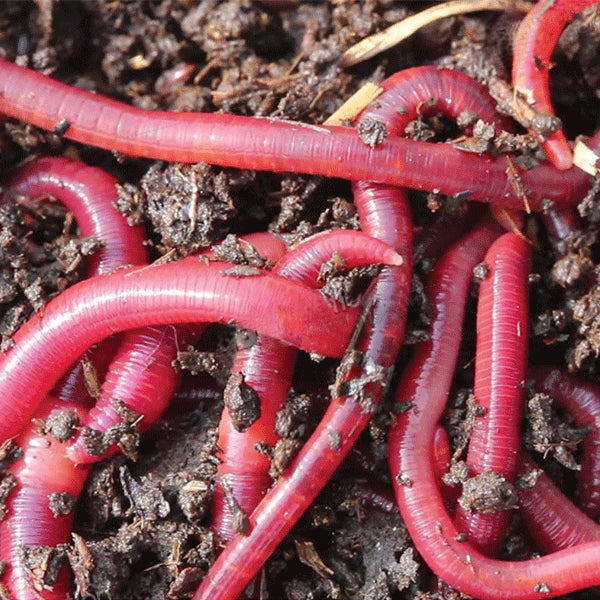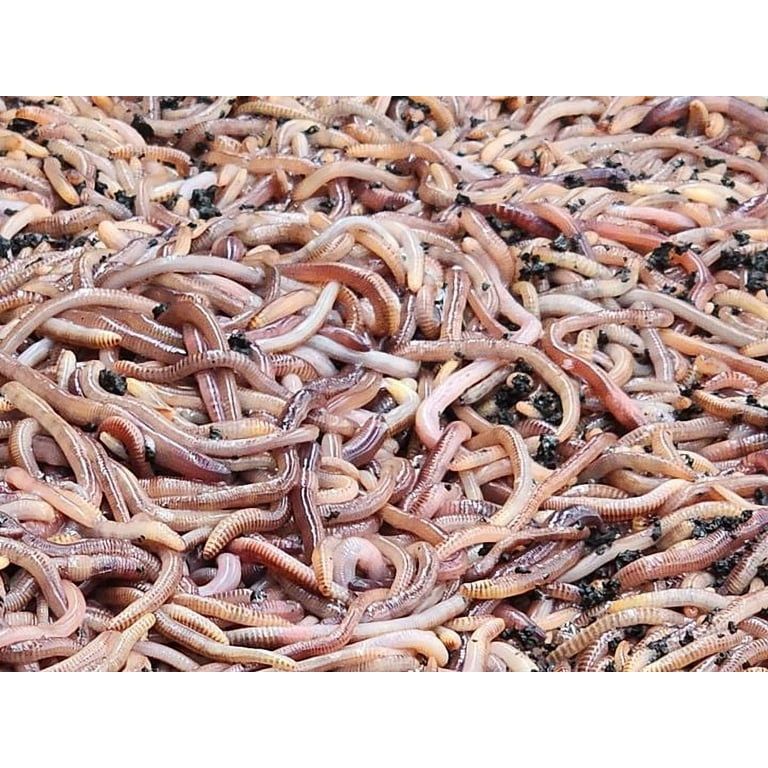Whatever You Required to Find Out About Red Wigglers for Composting
Red wigglers, or Eisenia fetida, play a crucial duty in the realm of composting, transforming organic waste right into beneficial soil amendments. The process of setting up a worm container and preserving it can position difficulties.
What Are Red Wigglers?

(eisenia fetida for sale)
Belonging To North America, red wigglers are surface-dwelling organisms that prefer wet, cozy habitats abundant in breaking down raw material. Their diet consists primarily of decomposing plant material, food scraps, and various other natural particles, which they eat and break down successfully. As they digest this material, they create nutrient-rich castings that enhance dirt fertility.
Red wigglers are hermaphroditic, possessing both male and women reproductive body organs, and can duplicate promptly under optimum problems. Overall, red wigglers are essential factors to the procedure of reusing natural waste right into important garden compost.
Benefits of Making Use Of Red Wigglers
Making use of red wigglers in composting systems uses countless advantages that enhance both the effectiveness of waste management and the quality of the resulting compost. These worms, scientifically known as Eisenia fetida, are particularly reliable at breaking down raw material, transforming kitchen scraps and lawn waste into nutrient-rich garden compost at an increased rate.
One of the key benefits of using red wigglers is their capacity to consume huge amounts of natural material, often processing their weight in food waste daily. This high consumption price causes much faster decomposition and reduces the volume of waste sent to landfills. The spreadings generated by red wigglers are abundant in necessary nutrients, useful bacteria, and enzymes, making them an excellent fertilizer for yards and plants.
In addition, red wigglers flourish in a variety of environments, making them versatile for both interior and exterior composting systems - red wigglers. Their existence in a compost bin assists to aerate the product, avoiding odors and advertising a healthy and balanced composting process. Generally, utilizing red wigglers not only adds to reliable waste monitoring however also sustains lasting horticulture methods via the production of premium compost
(red wigglers)
Establishing Up Your Worm Container
To efficiently establish a worm bin, it is important to select a proper container that meets the demands of red wigglers while giving a favorable atmosphere for composting. A suitable container can be made from plastic, timber, or steel, with a capacity of at least 1 square foot for every single extra pound of worms.
Ensure the container has ample drainage openings to stop excess dampness, as red wigglers flourish in a damp, however not waterlogged, environment. red wigglers. The container ought to additionally be aerated to offer adequate air flow, stopping anaerobic conditions that could hurt the worms
An ideal area for the worm container is a great, dark location, without straight sunshine and extreme temperature levels, as red wigglers choose a temperature level variety of 55 to 77 levels Fahrenheit.
Prior to introducing the worms, prepare bed linen materials such as shredded newspaper, cardboard, or coconut coir, which will offer both environment and food. Moisten the bed linen lightly to create an inviting environment for the worms. Consider positioning discover this a cover on the container to maintain humidity and minimize bugs, while ensuring it can be conveniently gotten rid of for maintenance.
Feeding and Treatment Standards
Feeding red wigglers is an essential element of keeping a healthy and balanced composting system. These worms prosper on a diverse diet regimen, mainly made up of organic products such as vegetables and fruit scraps, coffee grounds, and smashed eggshells. It is crucial to avoid feeding them meat, dairy products, and oily foods, as these can create undesirable odors and draw in insects.
When presenting food to your worm bin, chop or shred materials right into smaller items to promote quicker decay. Beginning with percentages to determine the worms' usage rate, progressively raising the amount as they adapt. It is advisable to alternating feeding areas within the container to urge thorough mixing and oygenation of the compost.

Troubleshooting Common Issues
Maintaining a growing worm composting system can often present difficulties that require attention and troubleshooting. Usual issues include an undesirable odor, which frequently shows overfeeding or the visibility of anaerobic conditions. To remedy this, minimize the amount of food included and guarantee proper aeration by mixing the bedding material.
Another regular issue is the escape of worms from the container. This can take place because of too much wetness or inappropriate ecological problems. Routinely inspect the moisture levels, aiming for a wet but not soggy uniformity, and preserve ideal temperature levels in between 60-80 ° F(15-27 ° C )to develop a comfortable habitat for your red wigglers.
Pests, such as fruit flies, can additionally get into worm bins. red wigglers. To fight this, cover food scraps with a layer of bed linen or shredded paper to hinder flies from laying eggs. Additionally, make certain that any kind of food added is fresh and without mold and mildew, which can attract undesirable parasites
Finally, if your worms seem inactive, look for tension elements such as temperature level fluctuations or inadequate wetness. Dealing with these typical problems will certainly aid keep a healthy and effective worm composting system.
Conclusion
In summary, red wigglers, or Eisenia fetida, play an important role in lasting waste management through vermicomposting. Their capacity to effectively transform natural waste right into nutrient-dense spreadings boosts dirt wellness and advertises plant growth. Appropriate setup and maintenance of a worm bin, along with adherence to feeding guidelines, ensure a thriving community that minimizes garbage dump payments. Addressing typical concerns promptly better supports the performance of this environmental practice, contributing to environmental sustainability and farming productivity.